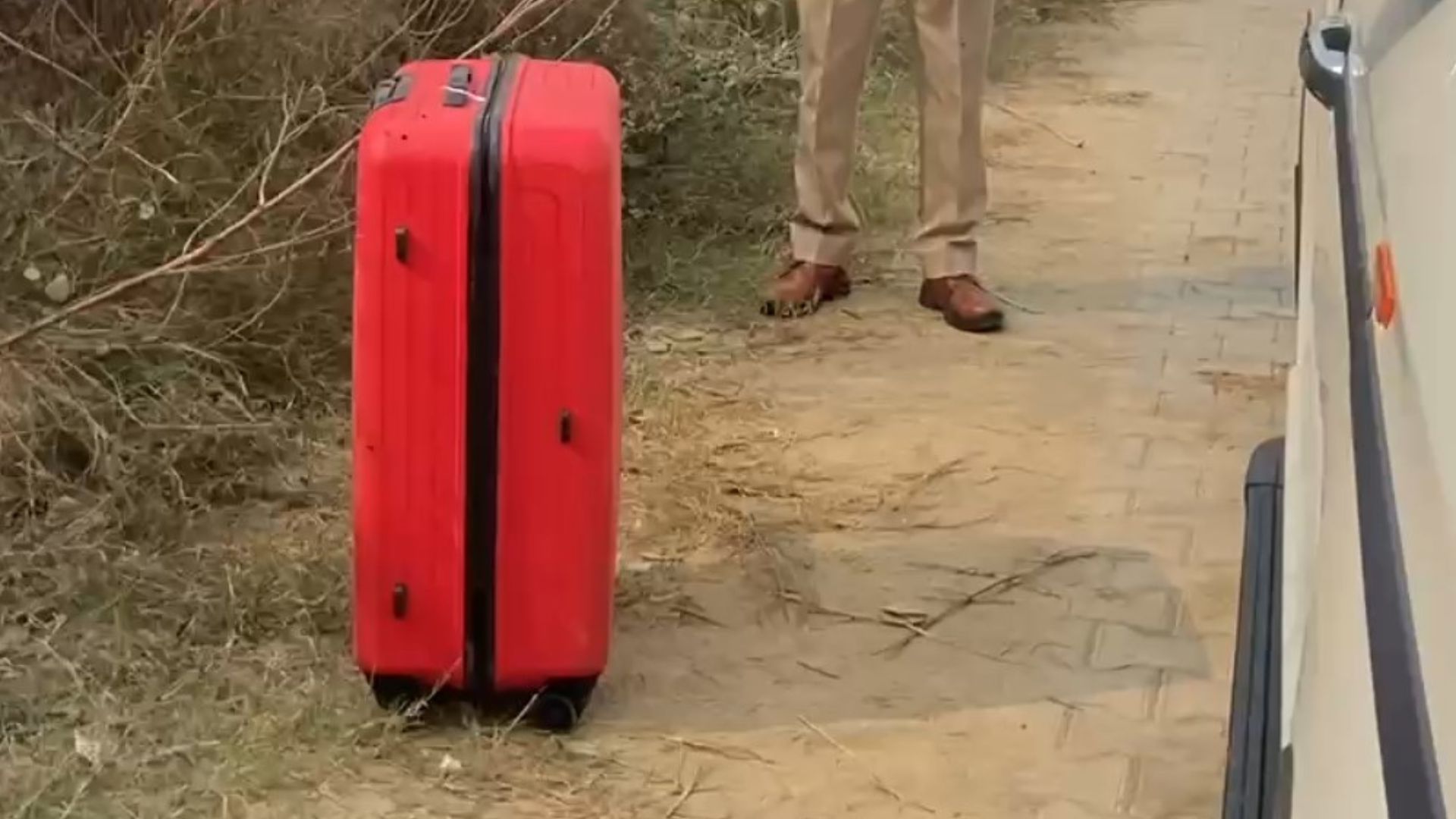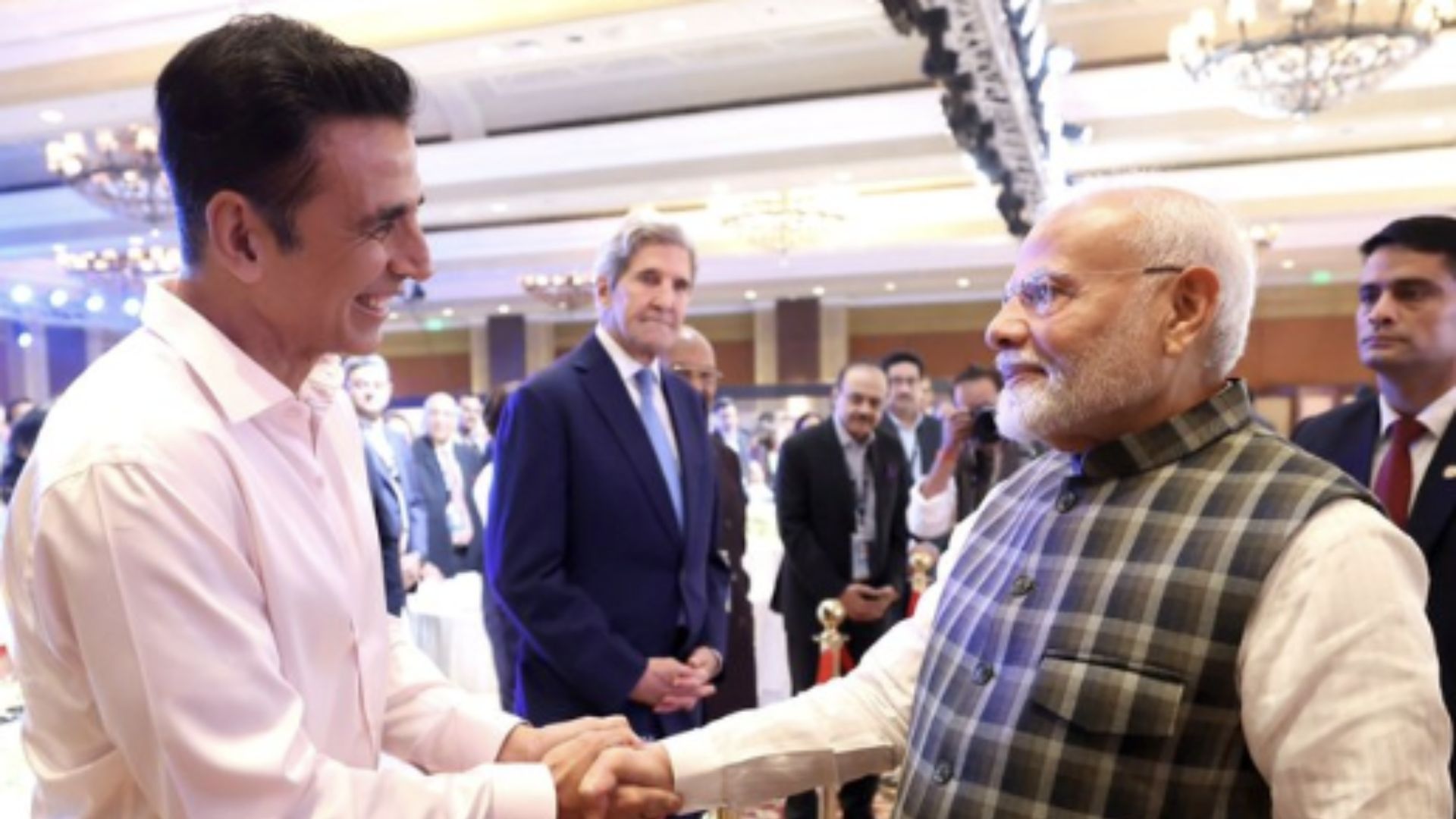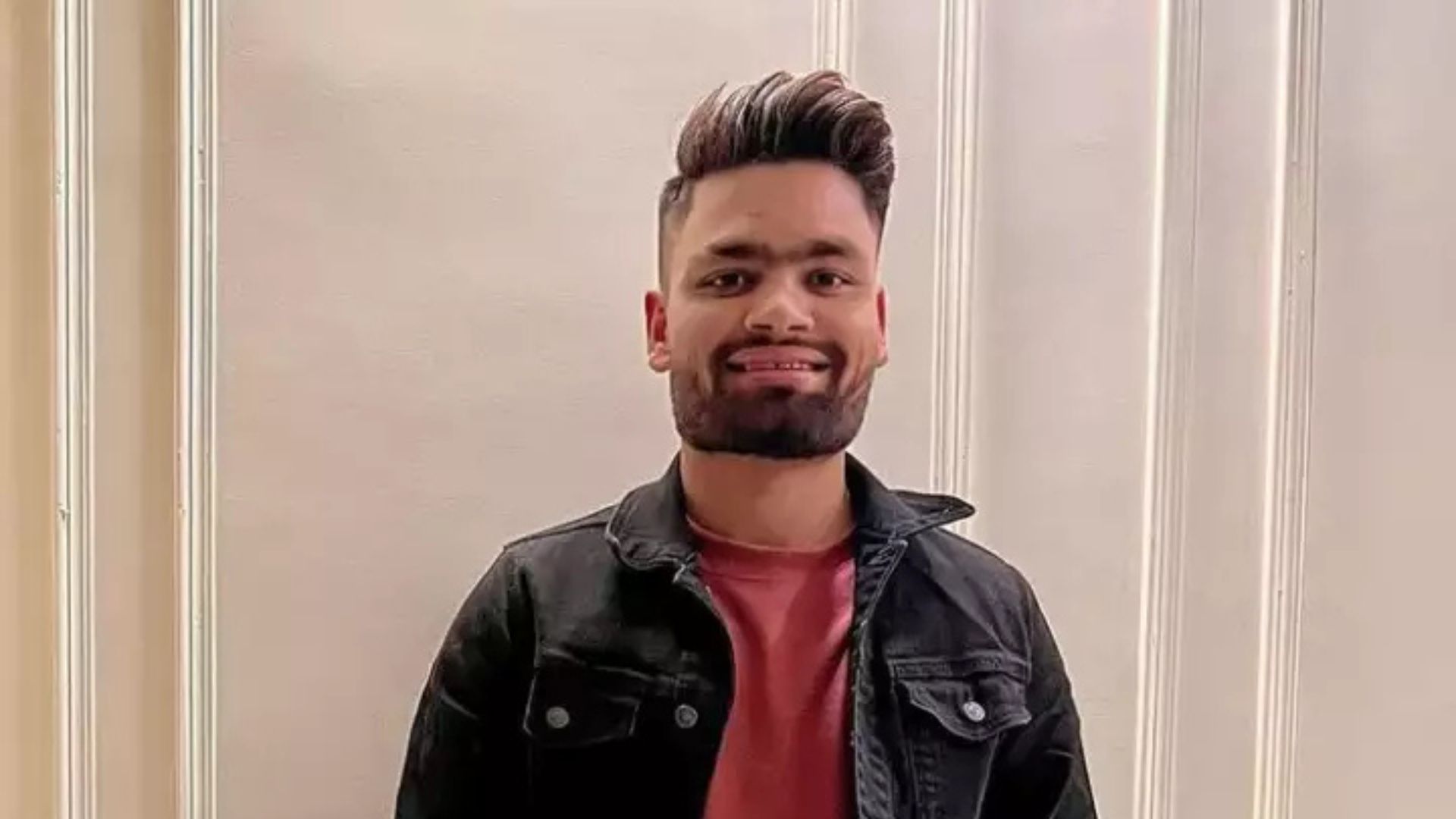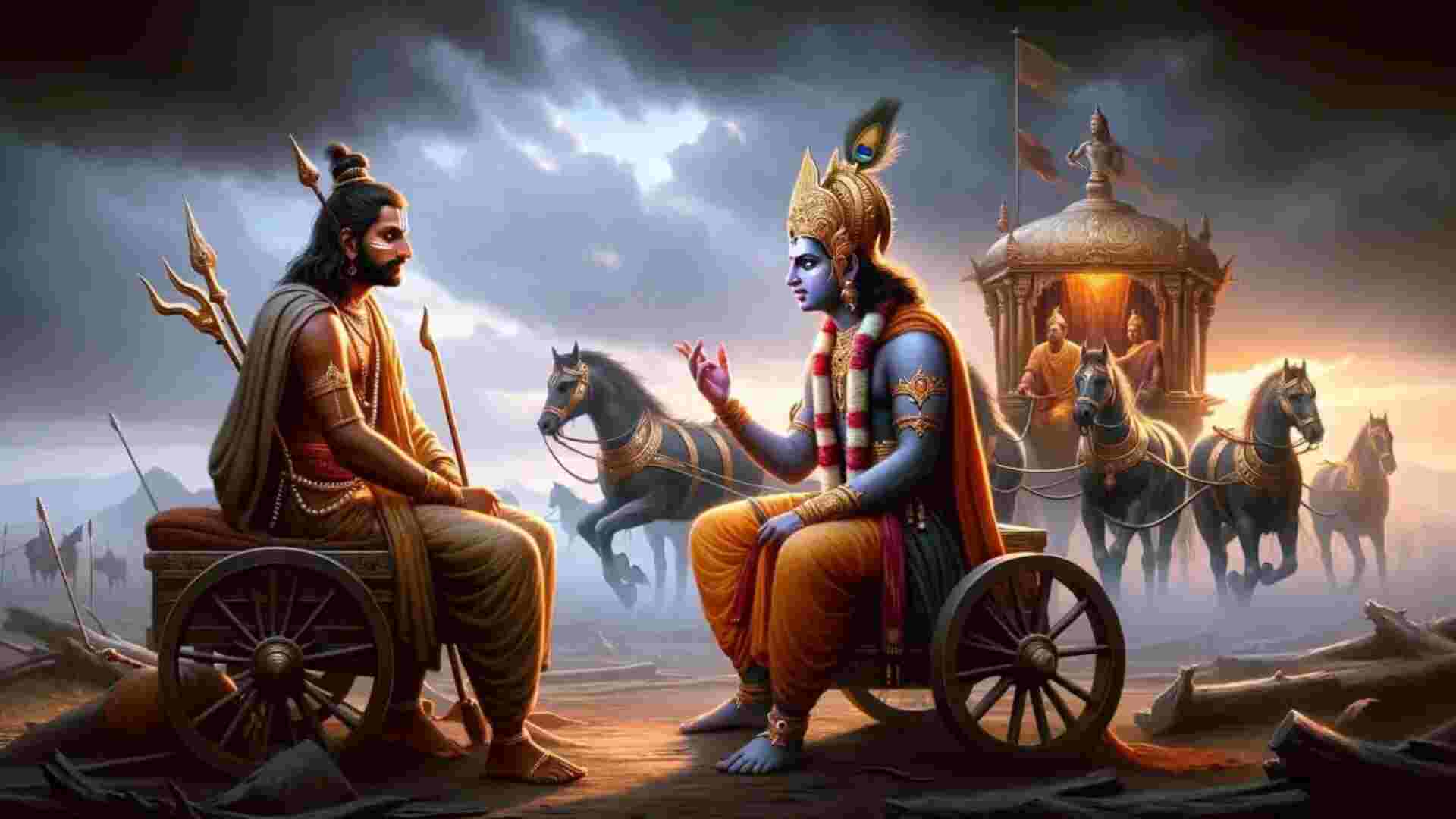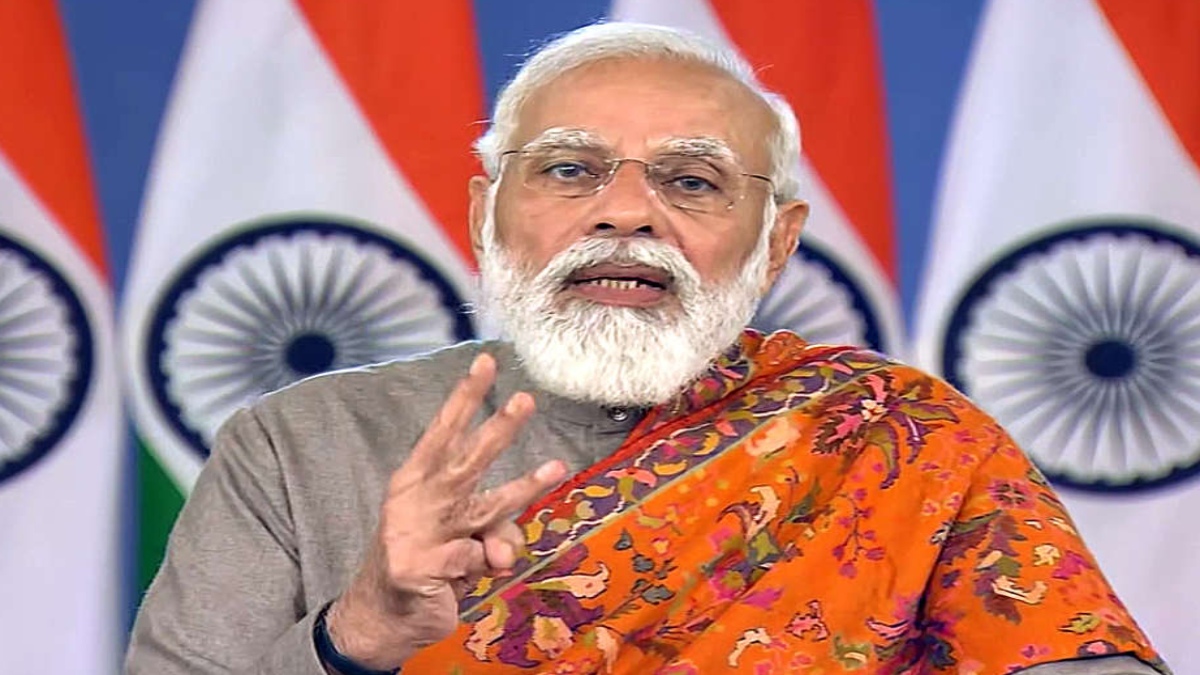
Ayushman Bharat is bringing a revolutionary change in India’s health facilities by ensuring last-mile delivery. With over 130 crore Aadhaar numbers, 118 crore mobile subscribers, about 80 crore internet users and over 44 crore Jan Dhan bank accounts, India stands out as the only country in the world,with such a big digitally connected infrastructure. This digital infrastructure is bringing everything from ration to administration (Ration to Prashasan) to the common Indian, in a fast and transparent manner. The way technology is being deployed in governance reforms today,under Prime Minister Narendra Modi,is extraordinary.The Arogya Setu app for instance,helped in a big way in preventing the spread of corona infection. Similarly, Co-Win played a stellar role in making India achieve a record administration of over 177 crore vaccine doses till date. Continuing with the theme of the use of technology in health, there has also been an unprecedented expansion of telemedicine during the Corona period. So far, over 128 crore remote consultations have been completed through e-Sanjeevani. This facility is connecting thousands of countrymen living in far-flung parts of the country every day, with doctors of big hospitals of cities, while sitting at home, giving a new meaning to the concept of “One Earth, One Health and One India, One Heath”.
Over 3000 doctors and specialists are a part of e-Sanjeevani online consultation platform every single day, with 10% of the patients being senior citizens. This telemedicine platform that is democratizing healthcare, has seen a massive growth of over 600% in the last year alone. Last September, Prime Minister Modi launched the Ayushman Bharat Digital Mission for the entire country. It involves the creation of not just a unique health ID for every citizen, but also the creation of digital healthcare professionals and facilities’ registry. This initiative is aimed at enabling individuals to discover hospitals, laboratories and pharmacies across the country. The health record of every citizen will be “digitally protected”.
Through the digital health ID, the patient himself and the doctor can also check old records if needed. Not only this, but there will also be registration of colleagues like doctors, nurses, paramedics. The hospitals, clinics, labs, medicine shops in the country, all these will be registered. That is, this digital mission will bring every stakeholder related to health together, on a single platform. This initiative will create a seamless, online platform to access treatment records, and enable faster and effective treatment. When a patient moves to a new hospital or a new city, he or she has to go through the same process again. In the absence of digital health records, the patient has to carry files of several years of treatment. In the event of an emergency, even this is not possible. Due to this, a lot of time, of both the patient and doctor, is wasted. The health problem and the cost of treatment too increases a lot.
We often see that many people do not have their medical records at the time of going to the hospital. In such a situation, the medical consultation and investigation has to be started from absolute zero. The digital health card is therefore, designed to benefit the poor and middle class, specifically in finding the right doctor and a hospital at the right time, at minimal cost. So far more than 2.6 crore people have availed free treatment under the Ayushman scheme, half of which are women. Diseases are one of the key reasons to push families into the vicious cycle of poverty and women of the families are the worst sufferers as they always relegate their health issues to the background. The digital mission therefore, will not only make the process of hospitalisation more simplified but will also increase ease of living and accessibility, particularly for the womenfolk. Under this scheme, citizens will now get a digital health ID and their health records will be digitally protected.
India, today, is working on a health model that is holistic and inclusive— a model which stresses on preventive healthcare and, in case of disease, easy, affordable and accessible treatment, are the prime focus areas. Much larger number of doctors and medical manpower are being created in India now, as compared to 7-8 years ago. A comprehensive network of AIIMS and other modern health institutions is being established in the country and work on establishing one medical college in every three Lok Sabha constituencies, is going on. In villages, primary health centre networks and wellness centres are being strengthened. More than 80,000 such centres have already been operationalized, under the Modi government.
In 2003, there was just one AIIMS. But under the Atal Bihari Vajpayee government, a policy to add five new AIIMS was framed and in 2014, Prime Minister Narendra Modi evolved a policy to develop AIIMS in every State. So, from 6 AIIMS, today there are 22 AIIMS, in different phases of development across the country. Over 30,000 MBBS seats and 24,000 postgraduate seats in medicine have been added since the present Modi government came to power in 2014, which is a tremendous milestone. The number of MBBS seats in the country have gone up by 50% and postgraduate seats by 80%, since 2014.
Training is being provided to Accredited Social Health Activist (ASHA) workers and even in the remotest part of the country, a person can have access to a tele-consultation from doctors, in a medical college. The National Health Mission (NHM) envisages achievement of universal access to equitable, affordable and quality healthcare services that are accountable and responsive to people’s needs. The NHM encompasses two sub-missions, the National Rural Health Mission (NRHM) and the National Urban Health Mission (NUHM). The main programmatic components include strengthening of the health system in rural and urban areas, and Reproductive Maternal-Neonatal-Child and Adolescent Health (RMNCH+A) and preventing communicable and non-communicable diseases. Under the NHM, technical and financial support is provided to States and Union territories for strengthening of their healthcare systems based on the proposals submitted by them in their Program Implementation Plans (PIPs), subject to availability of resources.
Under PM-POSHAN, provision of hot cooked meals to 11.8 crore government school students from Class 1 to 8, is a great step.
From the next financial year, it will also cover the 24 lakh children, below 6 years of age, studying in Balvatikas, which is the pre-primary section of government schools. Although this year’s budget for mid-day meal scheme remains unchanged, an additional Rs 266 crore is expected to be added, in line with the Central government’s contribution, to cater to Balvatika students from 2022-23, onwards. The extension of mid-day meals to pre-primary students, who are to be incorporated into the formal education system, was a key recommendation of the National Education Policy (NEP), 2020 and the population of Balvatikas, which offer one year of pre-school classes, is expected to rise from the existing 24 lakh, as the policy is implemented, going forward.
The PM-POSHAN scheme has been approved for the next five-year period until 2025-26, with a collective outlay of Rs 1.31 lakh crore, including Rs 54,061.73 crore as Central share and the rest to be borne by the State governments. The Centre will also bear an additional cost of Rs 45,000 crore for foodgrains. This scheme will improve holistic nutritional status, encourage education and learning and increase enrolments in government schools. A 5% flexi component would be built into the existing budget to allow States to incorporate additional nutrition-rich elements such as, fortified foods, fruits and milk, into the menu. Use of locally grown traditional foods will be encouraged, along with school nutrition gardens. Social audits have been made mandatory in all districts and college students and trainee teachers will be roped in to do field inspections,to ensure the quality of meals.
In other procedural changes meant to promote transparency and reduce leakages, States will be asked to do direct benefit transfer (DBT) of cash, of cooking costs to individual school accounts and, honorarium amounts to the bank accounts of cooks and helpers. The PM-POSHAN scheme from now on, will focus more on a child’s nutritional levels, rather than just providing a meal. When the mid-day meal scheme was first started in 1995,it was meant to ensure that children in government schools, especially those unable to get food at home, had at least one healthy meal a day. Over the years, however, the mid-day meal scheme lost sight of some of the larger objectives, with corruption under successive Congress regimes, being just one of the many problems.The scheme is now therefore, being revamped to expand its ambit, goals and reach, to bolster health of students, who are covered under this scheme, by ensuring transparency, with no leakages. On the nutritional front, a nutrition expert will be appointed in each school whose responsibility is to ensure that health aspects such as BMI, weight and hemoglobin levels are addressed.
No discussion on healthcare under the Modi government is complete without talking about Janaushadhi Kendras. PM Narendra Modi dedicated to the nation the 7500th Janaushadhi Kendra at Shillong, in March 2021. Under the Jan Aushadhi scheme, dedicated outlets known as Janaushadhi Kendras are opened to provide generic medicines at affordable prices. As of August, 2021, 8012 Janaushadhi Kendras were functional across the country, with a product basket comprising 1451 drugs and 240 surgical items. The scheme is implemented by a Society registered under the Societies Registration Act. Ensuring access to quality medicines for all sections of the population especially the poor and the deprived ones, creating awareness about generic medicines through education, publicity to counter the perception that quality is synonymous with high price only and generating employment by engaging individual entrepreneurs, are the stated objectives of this scheme.
In the final analysis, it would be apt to conclude by saying that, healthcare of citizens has been a top priority for the Modi government. The RBI, a few months back, had announced an on-tap liquidity window for banks worth Rs 5000 crore, to extend credit to health services and vaccine manufacturers until March 2022. That facility has since, been extended by a few more months. The government also separately announced including airlines and hospitals in a $41-billion emergency credit program to cushion them from the impact of the pandemic. That program guarantees loans worth 20 million rupees to hospitals and clinics to set up on-site oxygen generation plants, with interest rates capped at 7.5%.
Speaking of healthcare, the third Covid-19 vaccine for children obtained the Indian drug regulator’s nod, last week. Biological E’s (BE) receptor-binding domain (RBD) protein subunit vaccine against Covid-19 has been granted an emergency use authorisation (EUA) from the Drugs Controller General of India (DCGI).
Cadila Healthcare’s ZyCoV-D and Bharat Biotech’s Covaxin are two vaccines that have already been approved in this category. Of these, Covaxin is already in use for vaccinating adolescents between 15-17 years. The Centre has just begun administering ZyCoV-D in adults. ZyCoV-D, the world’s first needle-free, plasmid, DNA-based vaccine, indigenously developed in India, will only strengthen India’s healthcare foot-print, going forward.
While Corbevax has got EUA approval for those in 12-18 years, as of now, India has not begun vaccinating children below 15 years. Since January 3, 2022, over 26 million people between 15-18 years have been fully vaccinated, and over 56 million in this bracket have received at least one dose, which is a huge milestone in the Modi government’s vaccination drive. Corbevax is already approved for adults and the company has started supplying the vaccine to the Centre this month. The Health Ministry had placed advanced orders for 300 mn doses last year for Corbevax. The Corbevax vaccine is administered through an intramuscular route with two doses scheduled 28 days apart and is stored at 2 to 8 degrees’ Celsius temperature. Dr. NK Arora, Chairman, India’s Covid-19 Working group of National Technical Advisory Group on Immunisation (NTAGI), had earlier said that Corbevax is safe and offers good immunogenicity and higher antibody levels than some other vector vaccines. Moot point is, India is the only country in the world to not only successfully undertake the world’s largest, safest and fastest vaccination drive, but is also home to three homegrown vaccines for children, which speaks volumes about PM Modi’s Make in India push, among other things.
With over 177 crore Covid doses administered till date under the world’s largest vaccination drive, over 97% of India’s eligible, adult population has received at least one dose and over 80% have been given both the doses, which is great news and a testimony to Prime Minister Narendra Modi’s political resoluteness. Also, with over 76.57 crore Covid tests done, with daily and weekly positivity rates at less than 2%, with an active caseload of just 0.28% and a recovery rate of 98.52%, Prime Minister Modi has showcased in more ways than one, how undeterred, the political conviction can make even seemingly challenging tasks, so seamlessly smooth. “One India, One Health” under the Modi government is a unique example of how technology and traditional health apparatus can harmoniously blend, to deliver state-of-the-art medicinal solutions, to the largest number at the lowest cost.
The Writer is an Economist, National Spokesperson of the BJP, and the Bestselling Author of “The Modi Gambit”. Views expressed are the writer’s personal.


